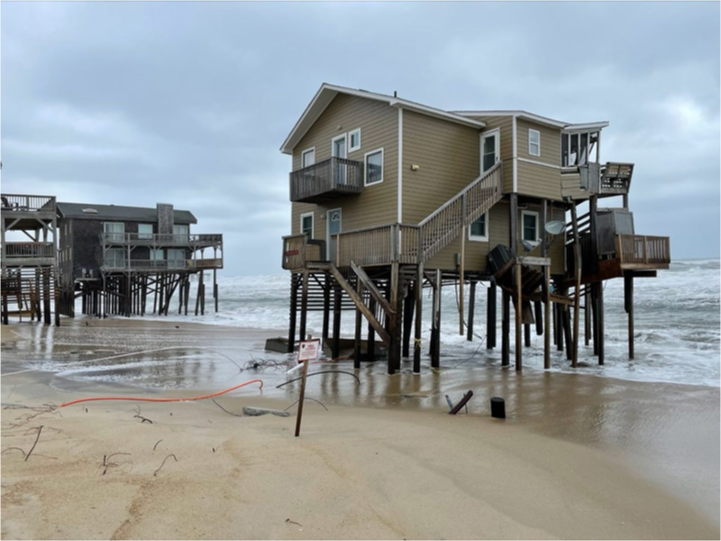Will People Move Away From Risky Areas? And Should We Help Them?
Some people are going to have to move away from risky areas after disasters. But it's a gut-wrenching and often financially disastrous decision. We've got to come up with a new approach.
In my Substack newsletter last Monday, I posed the question of whether government agencies should let people rebuild their homes after disaster has struck. This is, as I pointed out in that post, a politically tricky question, because nobody wants to be forcibly relocated by the government. (Just look at a reaction to President Trump’s proposal to relocate 2 million Palestinians from Gaza.)
Yet the cost to our society of not relocating people from risky areas keeps growing. Most notably, it’s creating a crisis for the insurance companies, which are having an increasingly hard time staying afloat among all these disasters and are likely to jack up rates for everybody and/or leave certain markets as a result.
At the same time, in some cases – the National Flood Insurance Program being the primary example – government-subsidized insurance means that people living in risky areas are protected from loss but don’t pay the full cost of the risk (which is borne by the rest of us).
These houses in the Outer Banks were destroyed by storm the day after this photo was taken
And, of course, whenever disaster does strike, the Federal Emergency Management Agency swoops in with billions of dollars – if not tens or hundreds of billions – to help people out and clean things up. Again, this is shifting the cost of a disaster from those living in affected areas to all taxpayers.
There are those who believe that this would sort itself out if only people living in risky areas bore the full cost of the risk. This has a certain logic to it, but it ignores a couple of basic facts. First, it assumes that we know which areas have the most risk – which, I think the recent Los Angeles wildfires clearly shows, we don’t. We know which areas are risky, but we don’t know when or how severely disaster will strike.
The Future Of Where is made possible by the generosity of paying subscribers. Please consider becoming a free or paid subscriber today.
And second, this line of reasoning also assumes that everybody who lives in a risky area has the financial ability to make a decision about whether to bear the cost of the risk. That may be true in Malibu or the Outer Banks of North Carolina, where wealthy people have invested their money in property, but it’s clearly not true in places like southern Louisiana, where most of the residents are people of modest incomes who’ve lived there for generations.
Wildfire destruction in Malibu
In his new book On the Move: The Overheating Earth and the Uprooting of America, journalist Abrahm Lustgarden paints an apocalyptic picture of what is likely to happen if and when people begin to abandon risky places. As Columbia magazine summarizes it, Lustgarden “predicts that the first big, conspicuous waves of climate migration in the US will begin when the bottom falls out of housing markets in the most vulnerable regions. If these markets do crash, he writes, they are likely to crash quickly, without much warning. And then, he writes, ‘a Darwinian game of financial survival’ will ensue. Homeowners with enough cash liquidity to purchase new homes elsewhere will do so, and everyone else will be left with stranded assets, living in hollowed-out communities with less money for schools, police, and other basic services — let alone for floodwalls, wildfire barriers, and other adaptation measures that will be urgently needed.”
So maybe it’s cheaper for all of us to help people leave rather than help them stay. But how?





